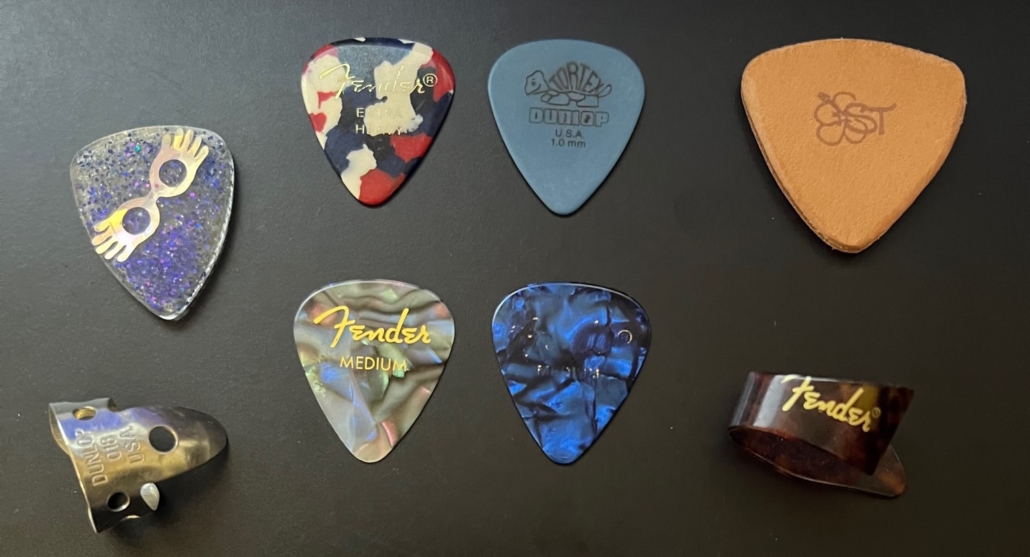Guitar Strings
The Strings of Your Life: A Guide to Electric Guitar Strings
Written by Bard the AI and edited by Karney Schumacher
There are all different types of electric guitar strings, each with their own unique personality. Some strings are bright and outgoing, while others are more mellow and laid-back. Some strings are easy to get along with, while others can be a bit more challenging.
No matter what type of string you are looking for, there is one out there that is perfect for you. Let’s take a look at some of the different types and see which one is right for you.
Nickel-plated steel electric guitar strings
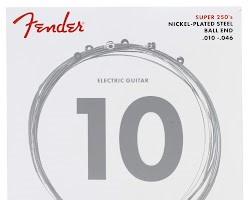
Nickel Plated Strings
Nickel-plated steel strings are the most common type of electric guitar string. They have a balanced sound that is neither too bright nor too dark. Nickel-plated steel strings are a good choice for most genres of music, but they are especially well-suited for rock and blues.
Pure Nickel Strings
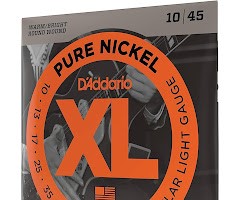
Pure Nickel Strings
Pure nickel strings have a warmer, mellower sound than nickel-plated steel strings. They are a good choice for jazz and blues players. Pure nickel strings can also be a good choice for players who want a more vintage sound. D’Addario is my favorite string manufacturer!
Stainless Steel Strings
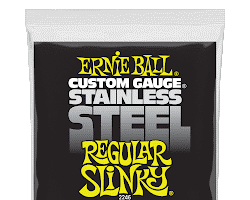
Stainless Steel Strings
Stainless steel strings have a brighter, more aggressive sound than nickel-plated steel strings. They are a good choice for rock and metal players. Stainless steel strings can also be a good choice for players who want a longer-lasting string.
Flat Wound Guitar Strings
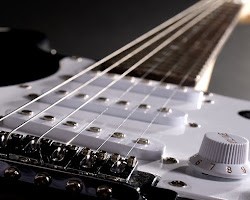
Flat Wound Strings
Flat wound strings have a smooth, polished surface that produces a mellow, muted sound. They are a good choice for fingerstyle playing and jazz. Flat wound strings can also be a good choice for players who want a string that is less likely to fret out.
Half Round Guitar Strings
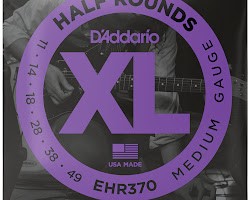
Half Round Strings
Half round strings have a slightly rough surface that produces a sound that is in between flat wound strings and round wound strings. They are a good compromise for players who want a smooth, mellow sound but also want some of the brightness of round wound strings.
String Gauge
Gauge is another important factor to consider when choosing electric guitar strings. The gauge of the string refers to its thickness. Thinner strings are easier to bend and play, but they also produce a weaker sound. Thicker strings are harder to bend, but they produce a stronger sound.
Coating
Coating is another factor that can affect the sound of electric guitar strings. Some strings are coated with a material such as nylon or polymer. This coating can help to protect the strings from corrosion and make them last longer.
So, there you have it! A brief overview of the different types of electric guitar strings. Now that you know a little bit about what is out there, you can start to experiment and find the strings that are right for you.
Here are some additional tips for choosing electric guitar strings:
- Consider the genre of music you play. If you play rock, you will probably want a brighter, more aggressive string. If you play jazz, you will probably want a warmer, mellower string.
- Think about your playing style. If you do a lot of bending, you will want a string that is easy to bend. If you play fingerstyle, you will want a string that is smooth and muted.
- Experiment with different brands and gauges. There are many different brands and gauges of electric guitar strings available. The best way to find the right strings for you is to experiment and see what you like the best.
I hope this blog has helped you learn a little bit more about electric guitar strings. So go out there and start experimenting! If you have any questions, please contact me.

